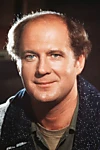Biography
(No Information)
Filmography
all 15
self 14
Movies 11
TV Shows 4
Self - Commentator

New York: Cosmopolis (1919–1931) (1999)
Movie
Self - Commentator

New York: Sunshine and Shadow (1865–1898) (1999)
Movie
Self - Commentator
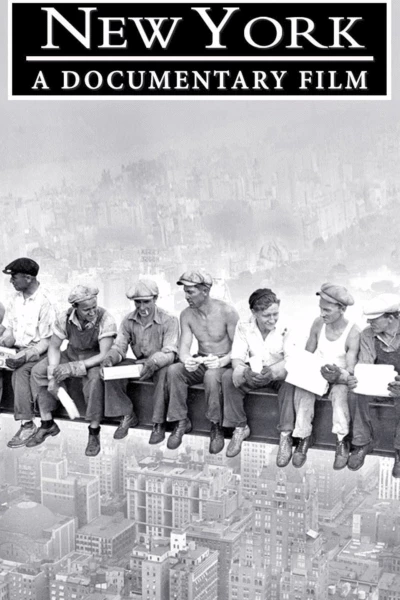
New York: A Documentary Film (1999)
TV
Self - Commentator

New York: The Country And The City (1609-1825) (1999)
Movie
Self - Writer
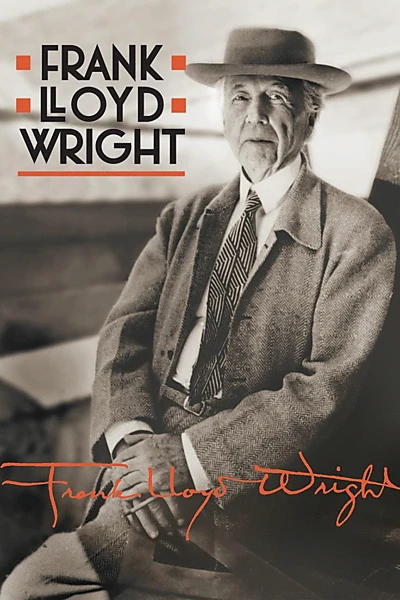
Frank Lloyd Wright (1998)
TV
Self - Historian
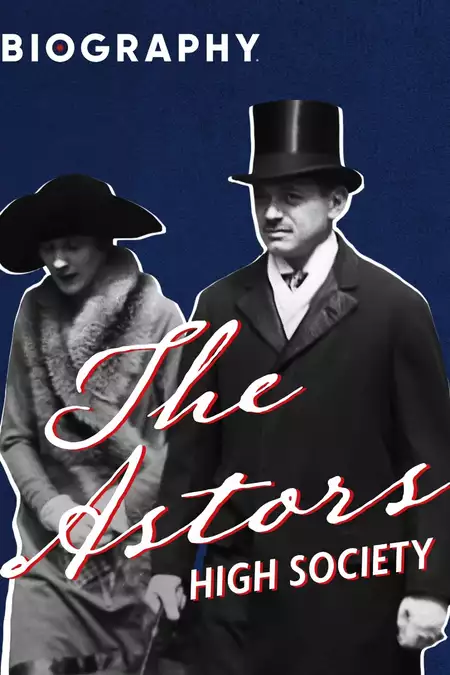
The Astors: High Society (1996)
Movie
Self - Guest

The Dick Cavett Show (1968)
TV
Information
Known ForActing
GenderMale
Birthday1914-10-04
Deathday1997-12-27 (83 years old)
Birth PlaceHartford, United States
ChildrenMichael Gates Gill, Charles Gill
CitizenshipsUnited States
AwardsGuggenheim Fellowship
This article uses material from Wikipedia.
Last updated:
 Brendan Gill
Brendan Gill- Filmography
- Information
- Related Persons
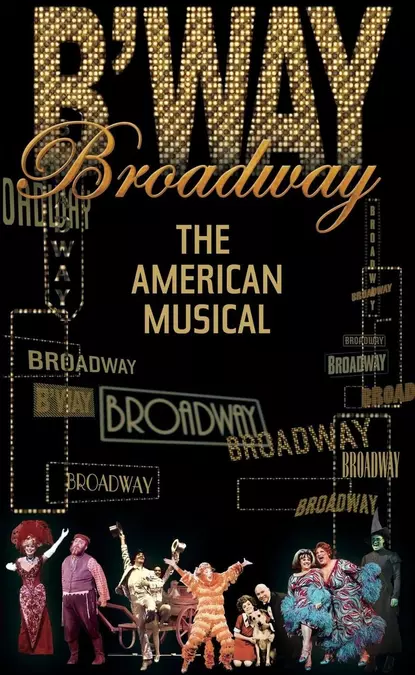
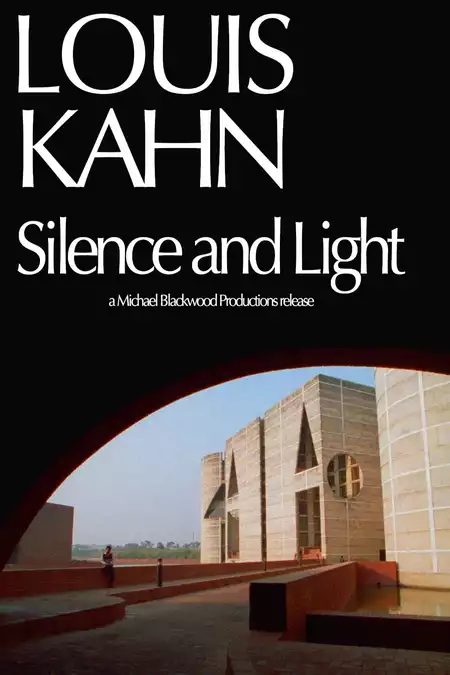

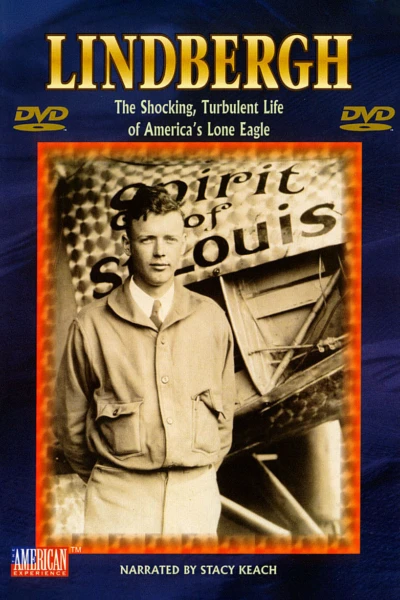
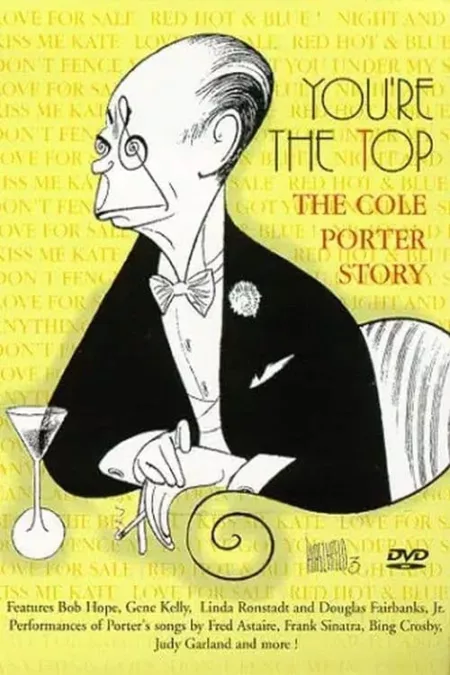

 ,
,





